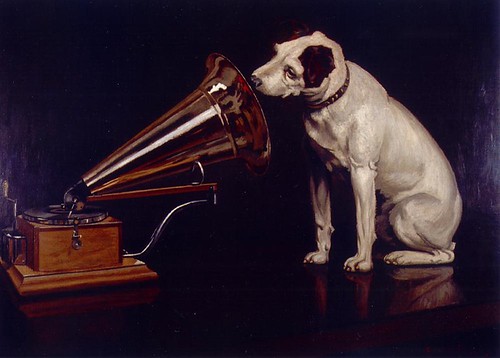 Every music teacher strives to improve the tone quality and musicality of their students. There are a plethora of different factors that have an impact on this. The obvious practices that can create good tone quality and musicality include breath support, posture, and proper embouchure. There is, however, one very easy way that teachers can help their students develop a more characteristic tone on their instruments, and improve their musicality: listening.
Every music teacher strives to improve the tone quality and musicality of their students. There are a plethora of different factors that have an impact on this. The obvious practices that can create good tone quality and musicality include breath support, posture, and proper embouchure. There is, however, one very easy way that teachers can help their students develop a more characteristic tone on their instruments, and improve their musicality: listening.
Listening to Improve Tone Quality
When students begin playing an instrument, there are many teachers who will explain how to make a sound on an instrument, and perhaps demonstrate on a mouthpiece or on one tone, but it is rare that at an early age, students are exposed to real recordings of professionals playing their instrument with characteristic tone quality. As the students continue playing and reach high school, it is very likely that they have rarely (if at all) had the opportunity to hear what their instrument is supposed to sound like. They have developed a conception of what good tone quality is based on listening to themselves and their classmates play.
Along the same lines, many beginning band teachers will focus on ear training and rote methods to teach the very basics of the instrument. This develops the students' ears from the beginning. Why, then, do secondary-level directors not take advantage of this development in the students' ears? If a student can, after some instruction, replicate "mi-re-do" by listening after a few weeks on the instrument, they have just as good an opportunity to try and replicate a characteristic tone on their instrument after hearing one by the time they reach high school.
Listening to Improve Musicality
Students, however, should not only listen to their own instrument. There is a great advantage, in fact, to listening to other instruments (or even other genres!) in order to improve musicality. For example, if a student is preparing a slow, lyrical movement from a classical concerto for an audition or contest, chances are they could use instruction in the bel canto style of playing. Where better to find great examples of musicality and bel canto style than in recordings of the great opera singers? Playing a recording of a top soprano singing a lyrical aria can have just as much impact on the student's musicality than playing a recording of a professional playing the exact piece the student is preparing.
Where To Find Recordings
There are tons of resources available, both online and offline, for acquiring high-quality recordings for students. Here are just a few:
- Your Local Library-Check out records, cassettes, or CD's
- Retail Stores-Buy CD's at local bookstores or music stores
- Naxos Music Library-An online, streaming, music library resource (subscription required)
- Pandora Radio-Great for listening to a variety of music from a particular genre